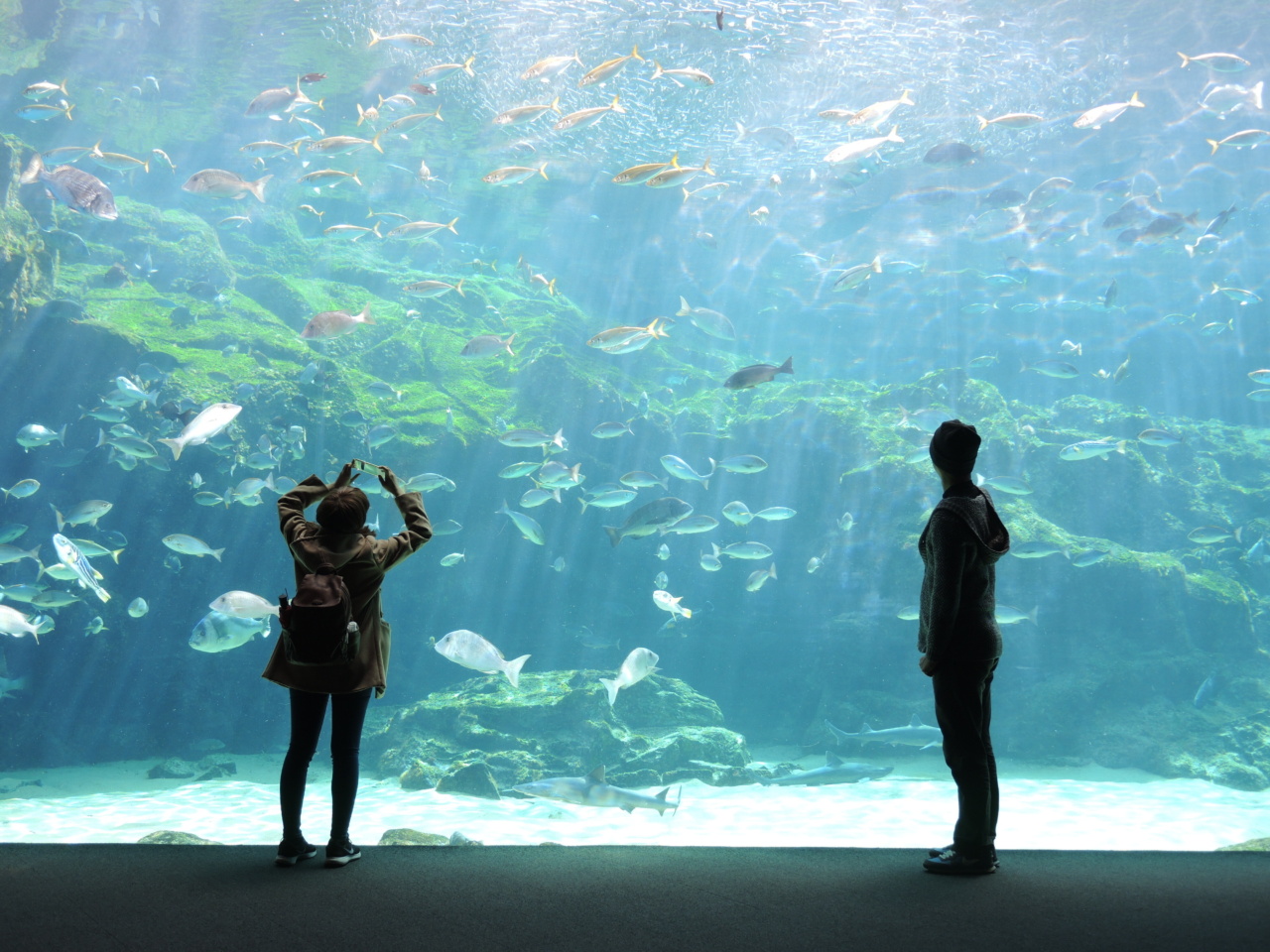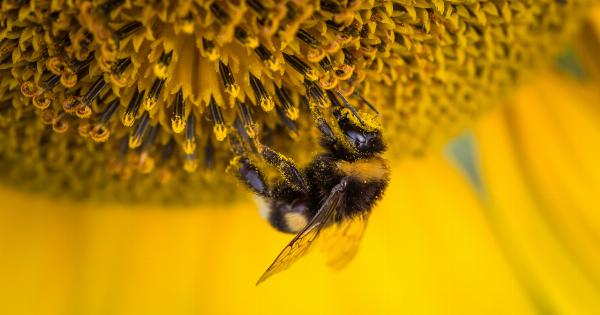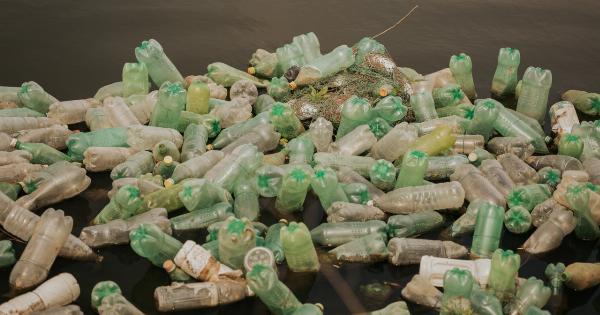Guadeloupe, a picturesque Caribbean island known for its lush landscapes and pristine beaches, has recently been in the spotlight for an unusual discovery.
A team of scientists stumbled upon a gigantic bacterium that has left the scientific community buzzing with excitement. This remarkable find has not only captivated researchers but also raised questions about the potential implications for human health and the environment.
The Enigmatic Bacterial Giant
The bacterial giant, tentatively named “Guadeloupean colossus,” measures an astonishing 100 micrometers in length, making it significantly larger than the average bacterium.
With an elongated shape resembling a tiny worm, this mysterious organism has baffled experts worldwide. The discovery of such a massive bacterium challenges conventional notions about the size and complexity of microbial life.
Uncovering the Origins
Scientists are currently investigating the origins and unique characteristics of the Guadeloupean colossus. Initial analysis suggests that it belongs to a new and previously unknown species.
This finding carries immense significance, as it highlights the vast diversity of microorganisms that are yet to be discovered.
Researchers speculate that the bacterium may have existed undiscovered for millennia due to its unusual size and relatively low population density.
Its massive size may have allowed it to evade detection through traditional microbiological techniques, leading to its enigmatic existence until now.
A Bacterial World Beyond Our Imagination
The discovery of the Guadeloupean colossus sheds light on the incredible diversity of bacteria that remain largely unexplored.
Microbes, including bacteria, are the oldest life forms on Earth and play crucial roles in maintaining ecosystems and regulating various biological processes.
Contrary to popular belief, bacteria are not solely microscopic organisms. Along with the newfound Guadeloupean colossus, various other bacteria have been found to exceed the typical dimensions we associate with them.
These discoveries have expanded our understanding of microbial life, challenging preconceived notions and opening up new avenues of research.
Potential Implications for Human Health
While the Guadeloupean colossus is not believed to be harmful to humans, its discovery raises questions about the potential implications of other unknown giant bacterial species.
With the advent of metagenomics, the study of genetic material from environmental samples, scientists have uncovered an astonishing array of microbial diversity.
Understanding the potential risks and benefits associated with these new microbial discoveries is of great importance.
Further research will be needed to determine whether any unforeseen health consequences may arise from interactions with these bacterial giants. This knowledge will allow us to make informed decisions about human activities and safeguard public health.
Tools for Study and Manipulation
Scientists have developed innovative techniques to study and manipulate the Guadeloupean colossus. One such method involves the use of tweezers to capture individual bacteria for closer examination.
The enormous size of the bacteria allows researchers to manipulate them with relative ease, providing a unique opportunity to unlock their secrets.
Various tools, ranging from atomic force microscopy to genetic sequencing technologies, have been employed to delve into the biology and physiology of this exceptional bacterium.
These tools will aid in understanding the mechanisms behind the bacterium’s impressive size and potentially reveal valuable insights into its role within the ecosystem.
Exploring Ecological Interactions
The Guadeloupean colossus is believed to have intricate relationships with other organisms within its ecological niche.
Examining these interactions will provide a comprehensive understanding of the bacterium’s ecological role and its potential contributions to the ecosystem’s overall balance.
Furthermore, investigating the microbial communities in which the giant bacterium thrives may shed light on the broader microbial diversity present in Guadeloupe.
By studying these ecological interactions, we can gain a better understanding of the interconnectedness of various organisms and the delicate balance of ecosystems.
Conservation and Environmental Implications
As researchers delve deeper into the world of giant bacteria, it is crucial to assess the potential impact of human activities on these complex microbial communities.
Habitat destruction, pollution, and climate change can disrupt delicate ecological balances, potentially jeopardizing the survival of these unique organisms.
The discovery of the Guadeloupean colossus serves as a reminder of the importance of preserving biodiversity and protecting the fragile ecosystems that harbor such fascinating microbial life.
By conserving these environments, we can continue to unlock the secrets of nature and ensure the survival of extraordinary organisms like the Guadeloupean colossus.
Unraveling Nature’s Mysteries
The finding of the Guadeloupean colossus serves as a captivating example of the vastness and complexity of the natural world. It reminds us that there is still much to learn and discover, even in seemingly familiar places.
As scientists continue to unravel the mysteries of the microbial world, each new discovery adds to our knowledge and fuels our curiosity.
The Guadeloupean colossus has provided a fascinating glimpse into the immense diversity of bacteria and their potential impact on the world we inhabit.





























